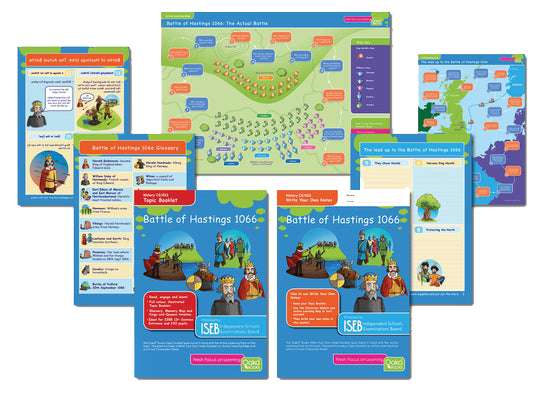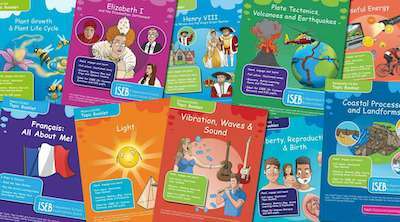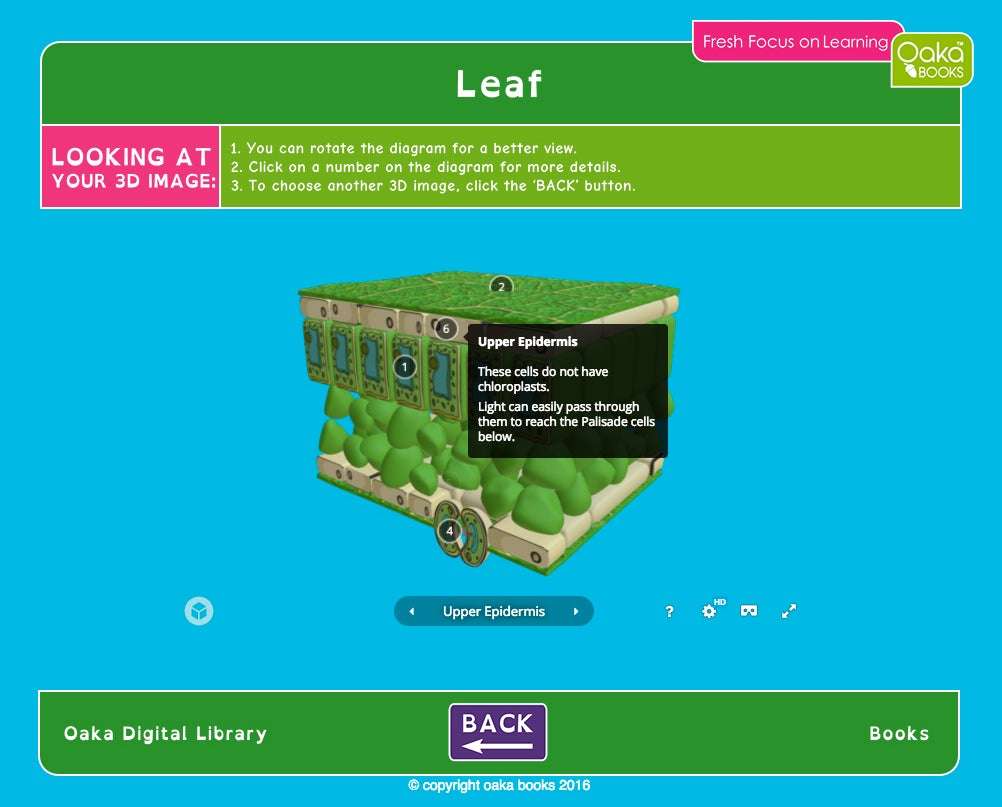We’ve touched on this a few times, but essays are about comparing and contrasting various viewpoints, perspectives, evidence, facts, figures, etc. There’s no one-size-fits-all approach, so you’ll have to judge how you compare and contrast arguments.
Different subjects and topics demand different levels of critique and analysis. For example, some topics are heavily debated with conflicting viewpoints.
It’s your job as the essay writer to make this known to the reader – try to deconstruct the various discussions around the subject and re-assemble them as a cohesive analysis.
Some vocabulary to help you compare and contrast views, arguments, and evidence include:
- Similar to
- Similarly
- Likewise
- In the same way
- This resembles
- Equally
- Comparatively
- Having said that
- Another possibility is
- Nevertheless
- Instead
- On the other hand
By this point, you should have an arsenal of transition and connective words at your disposal!
Remember to keep your vocab varied to give your essay flow and structure. At the same time, keep things neat and consistent between paragraphs by retaining a regular structure with points, evidence and evaluation.





